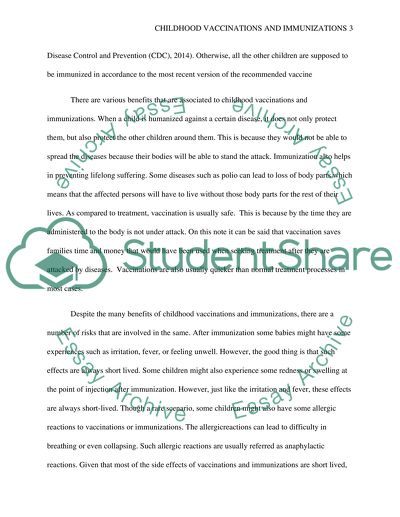Cite this document
(“Childhood Vaccinations and Immunizations Research Paper”, n.d.)
Childhood Vaccinations and Immunizations Research Paper. Retrieved from https://studentshare.org/health-sciences-medicine/1676628-childhood-vaccinations-and-immunizations
Childhood Vaccinations and Immunizations Research Paper. Retrieved from https://studentshare.org/health-sciences-medicine/1676628-childhood-vaccinations-and-immunizations
(Childhood Vaccinations and Immunizations Research Paper)
Childhood Vaccinations and Immunizations Research Paper. https://studentshare.org/health-sciences-medicine/1676628-childhood-vaccinations-and-immunizations.
Childhood Vaccinations and Immunizations Research Paper. https://studentshare.org/health-sciences-medicine/1676628-childhood-vaccinations-and-immunizations.
“Childhood Vaccinations and Immunizations Research Paper”, n.d. https://studentshare.org/health-sciences-medicine/1676628-childhood-vaccinations-and-immunizations.


